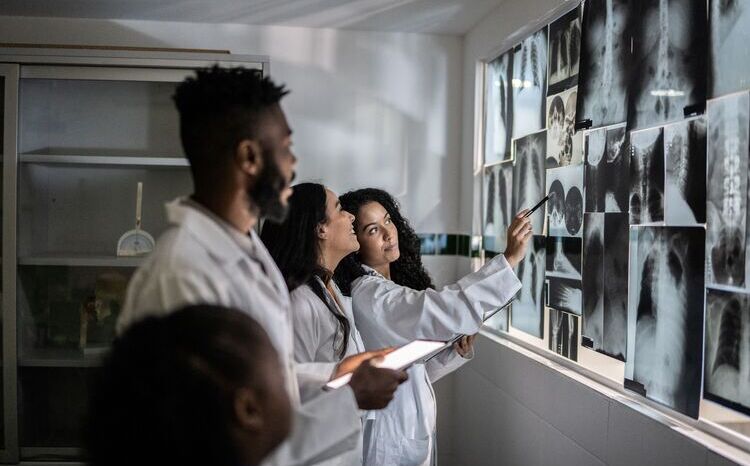Divided opinions on clinical coding switch
- 9 March 2006
Health information managers fear they may not have the resources to implement the new OPCS4.3 clinical coding system due to go live in April despite assurances from the NHS Connecting for Health project leads that the system is easy to learn and quick to use.
A conference organised in London this week (28 February 2006) by the Health Service Journal heard that the experience of OPCS 4.3 in ten pilot sites had been extremely good. Once clinical coders had been trained to use it, they regained their productivity over the old 4.2 version within two to three days.
Jayne Harding, clinical classifications adviser to NHS CfH and project lead for developing OPCS 4.3 said: “The data from our pilot sites show that productivity is highly comparable. People do slow down for a couple of days but once they get into an average of 25 cases they speed up.”
But coding and health information mangers were highly sceptical, saying a new coding system that has an additional 1767 new codes and allows whole new areas of work to be coded, such as interventional radiology and chemotherapy, cannot possibly be faster.
The conference heard from several who feared that the switch to 4.3 – which is necessary to support payment by results – could jeopardise hitting the monthly deadlines for filing their coded information. Payment for trusts depends on getting the monthly reports in on time and with activity coded accurately and fully.
Megan Mercer, clinical coding manager at University College Hospital London, said: “I am very surprised by the comment that productivity will go back to normal in two to three days. I think it is unrealistic in an operational sense.”
Sue Eve-Jones, an independent consultant on clinical coding, told EHI: “I think that remark is going to come back to haunt her [Jayne Harding]. We are going to be expected to code for new areas where we have not coded before and to suggest that it will be as quick and maybe quicker is arrant nonsense.”
However, Christine Walters, deputy head of IT at Salford Royal Hospitals NHS trust, which was one of the pilot sites, confirmed Ms Harding’s comments.
She said: “We had no problems switching to 4.3. What took the time was filling in the evaluation forms, not using the new system. We are now coding information and recording it in an accurate and timely manner so activity is going up.”
OPCS4.3 is the first upgrade of a clinical coding system introduced over a decade ago. The new manual was sent to trusts electronically at the end of February along with electronic training materials. Hard copies are due out this week.
Harding said the new version was more clinically meaningful and more user friendly although based on the same structure as the old system. “The fundamental basics remain the same,” she said.
The next development would be bringing SNOMED-CT and OPCS 4.3 together so that coders and clinicians can use one system as the national programme rolls out.
She said this represented a major challenge. “They are quite different beasts and have very different roles. But if we can prove we can hinge one onto the other we can have one system. That’s when the role of the coder will change to that of a data quality worker.”




